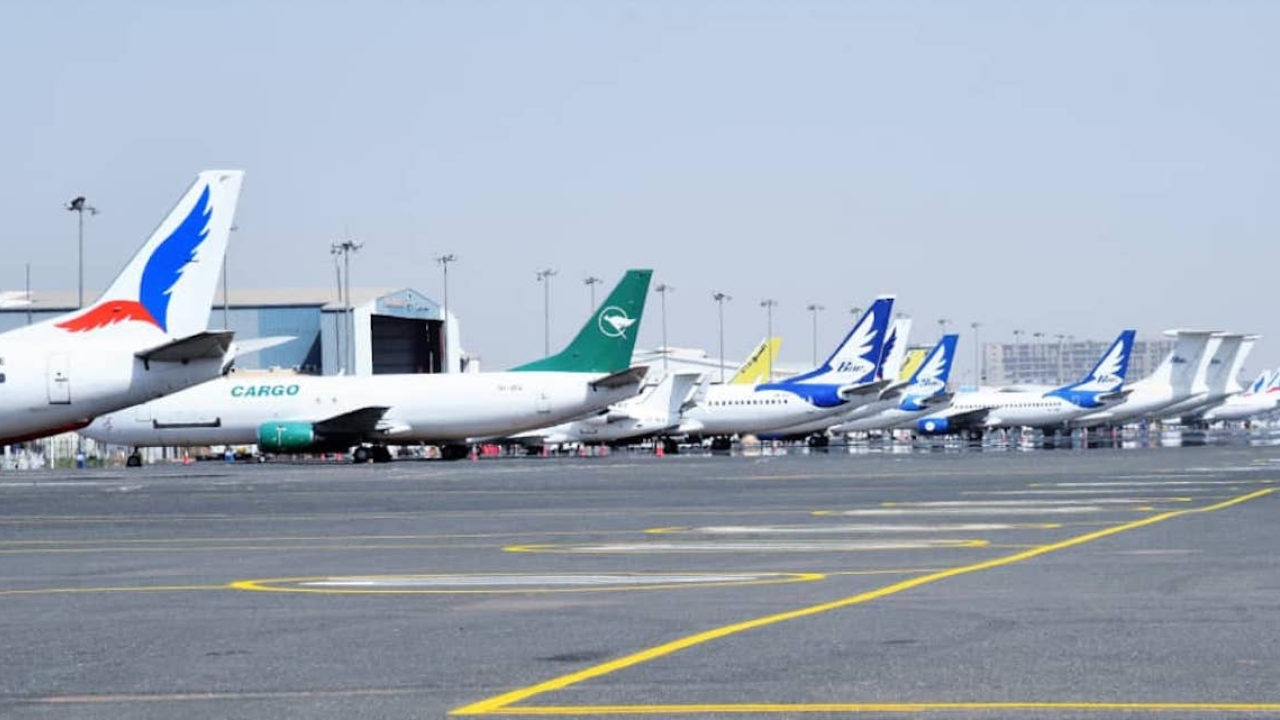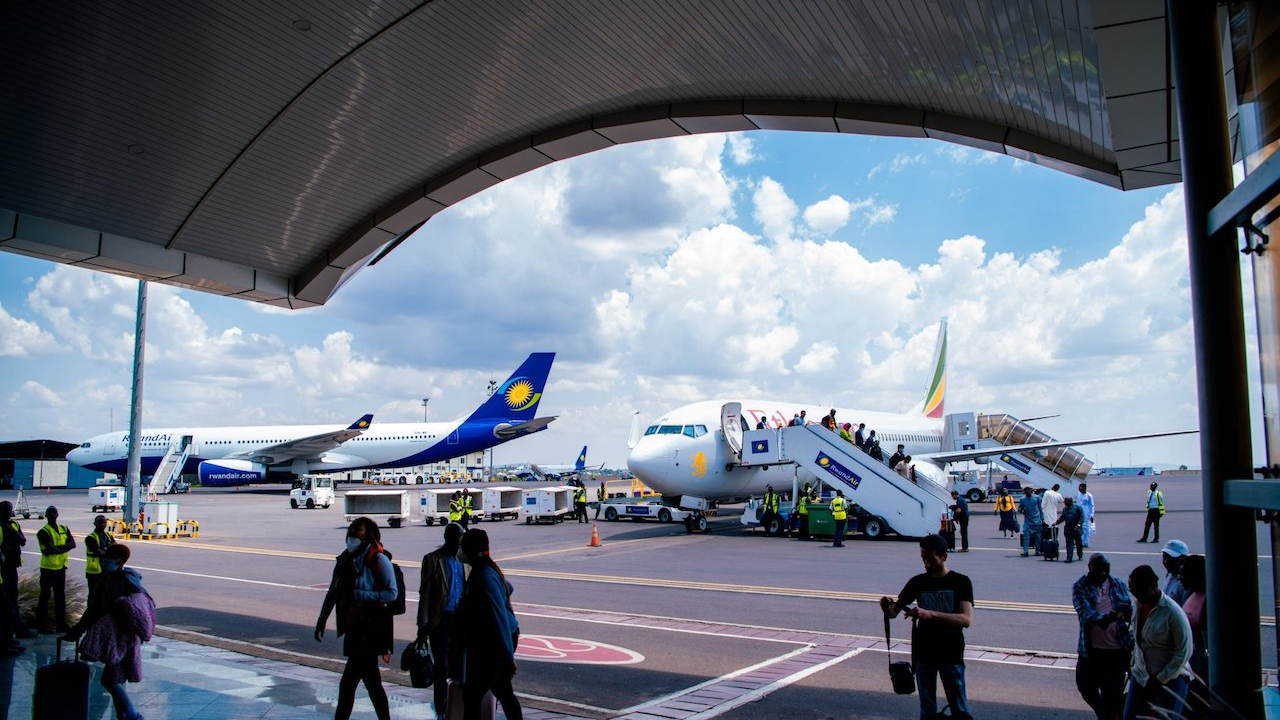Hub at the centre of Sudan's masterplan
Sudan Airports Company is working on a five-year strategic plan to maintain, develop and extend the country’s airports, with passenger experience, innovation, and sustainability as top priorities.

Gateway to Sudan: Khartoum International Airport. Picture: KRT.
Increasing airport capacities must keep pace with growing passenger and cargo demand.
That’s the view of SCA general manager Elkhatim Bbabiker Eltayeb Mohamed.
“The aim is to meet international standards and enhance operational efficiency as well as passenger experience through new technologies and digital operations,” he explained.
“Our team of engineers has found the best solutions to ensure excellent processing, sustainability, and optimal support to passengers with the best functionality, while enhancing safety and security.”
A new masterplan has, thus, been prepared and project components identified for Khartoum International Airport (KRT), with a new state-of-the-art under-one-roof passenger terminal, concrete apron, runway extension, parallel taxiway and other ancillary facilities.
“International consultancy firms will be contracted to design and supervise construction works. We are in the last stage of selection and works are planned to be ready for operation by 2024,” added Mohamed.
In parallel, SAC is embarked on rehabilitation projects at Kassalla, Obeid, Damazin, Kadogli and the new Zalingi Airport to cater for cargo flights and meet growing demand in industrial treated agriculture and animal products. These regional airports will serve mixed traffic- passenger and cargo.
The company, which manages and operates 13 airports, including six international, is also addressing the connectivity issue through a coherent route development plan with other key players.
Sudan National Airlines is working on procuring new aircraft and a new national airline will start its operation for domestic and international flights by 2024.
New routes are also being studied and discussed regarding cargo flights.
“The strategic plan for Sudan Airports Company imagined the new Khartoum Airport as a passenger and cargo hub for Africa. The new airport masterplan comprises the required facilities for a hub airport, including a free zone area, an industrial area, stores and an airfield system with two parallel 4,000 metre runways,” said Mohamed.
During the pandemic, the total passenger traffic in Sudan declined rapidly and reached 58.3% of the volume before 2019.
Sudan airports are gradually bouncing back. Domestic traffic passengers started increasing at a slow rate as the pandemic affected the labour market.
International traffic was severely hit by the restrictions and passenger processing procedures due to pandemic protocols, especially the Middle East, which represents 86% of passenger traffic. But traffic volume is come back to the 2019 level and is expected to recover totally this year.
“We are facing complicated financing problems due to the instability of political situation and guarantees. Despite this, we started maintaining and improving our infrastructures from our limited local resources and working on engaging the private sector for Sudan Airports by using private-public partnerships,” explained Mohamed.
Furthermore, the company has embraced sustainability through mitigation measures to save energy – LED lighting, solar energy, optimising air conditioning.
SAC has also joined the Airports Council International (ACI) airport accreditation programme. Global environmental consulting company, Envisa, will conduct a study to carve out a roadmap for smarter and greener airports.
Sudan Airports is seeking the expertise of training organisations to upskill and adapt its workforce to ensure a sustainable and well-balanced growth.
Stay up to date
Subscribe to the free Times Aerospace newsletter and receive the latest content every week. We'll never share your email address.


